#Earthquake
Japanese Parts Paralysis: Bad Bets With Chips
Why was Honda as much hit as Toyota by the March11 earthquake and tsunami? Doesn’t Honda have the bulk of its production outside of Japan? How could Nissan avoid most of the damage, even with an engine factory close to Fukushima?
It was a bit like a roulette game, and it involved a lot of chips. According to industry talk in Japan, Nissan had taken a large supply of ECU chips before the quake. Honda and Toyota were waiting for their just-in-time delivery. Honda and Toyota received most of their engine controller chips from one chipmaker, Renesas. Two weeks after the catastrophe, we had pointed out that Renesas and its damaged fab near the epicenter would turn into a major bottleneck. What’s more, Honda had no idea.
Suzuki Moves Away From The Water - But Will It Have Power?
Suzuki is not buying into the „once in a millennium tsunami.” Suzuki has a lot of its production near the waterfront in Japan’s Tokai region. Scientists give the area between Toyko and Nagoya an 87 percent chance of getting hit by an earthquake with a magnitude of about 8 within the next 30 years. Suzuki’s answer: Let’s get out of here, fast.
Tsunami Aftereffects: Toyota's Production Drops 44.7 Percent In May
Toyota’s Japan production (all vehicles and brands) slumped 46.5 percent in May to 156,379 units. Overseas production did not fare much better, falling 43.3 percent to 196,073 units. All in all, Toyota’s global production plummeted 44.7 percent in May to just 352,452 units. Could it be any worse? Yes, it can: Exports from Japan cratered 61.7 percent to 47,167 units.
Want A Prius? Take A Number
The Japanese auto industry might come back to much normal faster that thought. But then there is shippiing. It takes a while to float a few thousand cars across the Pacific. Now add high gas prices and a high demand for fuel efficient cars and you have the reason why Edmunds reports that the U.S. national inventory of the Toyota Prius is down to four-day supply. Ed Larocque, Toyota’s national marketing manager for advanced technology vehicles, told Edmunds that “production in Japan likely will return to full capacity by the end of June.” Which means that that wave of Prii won’t was ashore before end of July.
Toyota U.S.A. Back To 100 Percent In September
Yesterday, we reported that the Japanese auto industry is recovering faster than previously assumed from the effects of the March 11 tsunami. Overseas factories were expected to be affected for several more months while the problems work themselves through the long supply pipeline from Japan. Much to everybody’s surprise, the situation is improving at a faster clip at transplant factories as well. Toyota said today that North American vehicle production is expected to return to 100 percent in September.
Japan's Automakers Recover Faster From Tsunami
Japan’s major automakers appear to recover faster from the impact of the March 11 tsunami than previously feared (or hoped.) Nissan’s Executive Vice President Takao Katagiri said today that Nissan’s Japanese vehicle production in May was the same or greater than its output in the same month in the previous year.
“We will also probably be able to maintain a normal level in June,” Katagiri told The Nikkei [sub]. At the annual results conference in May, Nissan CEO Carlos Ghosn had predicted that the company would be back to normal by October. This remains the official party line at Nissan.
Tsunami Trauma: Honda Forecasts Heavy Hit On Results
Honda joins other Japanese automakers in a delayed post-tsunami forecast. Percentage-wise, Honda expects to be much harder hit than Toyota. Honda expects a net profit of 195 billion yen ($ 2.43 billion) when the current fiscal year ends in March 2012.through March. Last year, there were 534 billion yen ($6.65 billion) left below the bottom line. That’s a decrease of 63.5 percent.
Analysts are shocked.
Toyota's Forecast: The Tsunami Won't Kill Us, But The Yen Might
Today, Toyota finally delivered its delayed outlook for this fiscal year. It usually is delivered at the annual results conference, but the tsunami had muddled the waters, so to speak. Now, Toyota has a bit more visibility. Today, Toyota did forecast a 35 percent fall in profit for the fiscal year ending March 31, 2012. Toyota expects to end the fiscal with a net income of 280 billion yen ($3.5 billion).
According to Reuters, that’s “well short of the consensus for a 434 billion yen profit in a poll of 23 forecasts by Thomson Reuters I/B/E/S.” I am proud of the optimism of the forecasters. Personally, after looking at the disaster in Japan, I hadn’t expected any profits.
Japan's Government Wants Standardized Autoparts
When I stopped working for Volkswagen in 2005, they had some 400,000 parts, or “numbers” as they are called in industry parlance, in their central warehouse in Kassel. With each car, the number climbed higher. On the other hand, some 5 percent were usually out of stock. The launch of each car caused raw nerves in the parts department. When a part was faulty, dealers and production manager were at war for parts. The production managers usually won, and blamed the dealers for shoddy service.
It’s tough enough to keep the hungry beasts at assembly lines and in workshops supplied with parts during peacetime. If a volcano over Iceland blows ash, or if a huge tsunami wipes out a good deal of Japan, it turns into parts paranoia. Now, Japan’s formerly powerful METI, the Ministry of Economy, Trade and Industry, is using the Tohoku disaster to force the Japanese car industry to standardize a lot of the parts it uses.
Japanese Automakers And Unions To Government: Lower Then Yen, Or We Are Out Of Here
In an (especially for Japanese tastes) strongly worded joint statement, Toshiyuki Shiga. Chairman of Japan Automobile Manufacturers Association, and Koichiro Nishihara, President of the Confederation of Japan Automobile Workers’ Unions threw down the gauntlet to the Japanese government. Executive summary: “We are sick as hell of the high yen and we can’t take it anymore. Do something, or kiss those jobs sayonara.”
Germans Trump Lexus In Japan. And Bloomberg Blows It Bigtime
Japan’s March 11 tsunami had more destructive effects than just washing pint-sized (ok, ok, 0.6 liter sized) kei cars to the top of Japan’s sales charts. It also resulted in considerable menboku o tsubusu (literally “breaking of face”, dishonor) for Lexus. On its home-turf Japan, Toyota’s lux-brand was outsold by doitsu (German) BMW, even by Mercedes, a brand said to be popular with the yakuza. Speaking of major menboku o tsubusu: BMW did certainly not top Toyota, as Bloomberg insinuates.
Japanese Auto Industry: We're Baaaaack!
Fresh indications that the Japanese auto industry is getting back on is feet faster than thought. Honda and Toyota were – in numbers of cars not produced – hardest hit by the ripple-effect of the March 11 tsunami. Both originally thought they would not be back to normal before year’s end. Today, The Nikkei [sub] writes that Honda “will likely have its domestic production nearly back to normal in July, sooner than expected, as autoparts manufacturers quickly get output back on track.” Yesterday, Toyota had confirmed, that the company will be back to 90 percent in June in Japan. Nissan is also near normal and wants to increase production capacity from September.
Quote Of The Day: Japan's Downgrade Raises All Ships
Amazing quote in today’s Nikkei [sub]:
“Shares in Toyota Motor Corp. gained further ground Tuesday afternoon, after Moody’s Investors Service Inc. said during the lunch break it may downgrade Japan’s sovereign debt ratings.”
Welcome to the wicked world of global economics.
Japanese Car Exports Down 67.8 Percent In April
Hit by the March 11 earthquake and tsunami, exports of Japanese motor vehicles plummeted 67.8 percent from a year earlier in April.This according to data released today by the Japan Automobile Manufacturers Association. The quake hit all companies, although not equally hard …
Japan Plans Parts Maker Bailout - Of Sorts
The Development Bank of Japan is planning a bailout found for Japan’s hard-hit auto parts industry. The parts industry took the brunt of the March 11 earthquake and tsunami, and it is parts shortages that hold up a speedy recovery of Japan’s largest industry sector. According to the Yomiuri Shimbun, the DBJ plans to raise 50 billion yen for the fund.




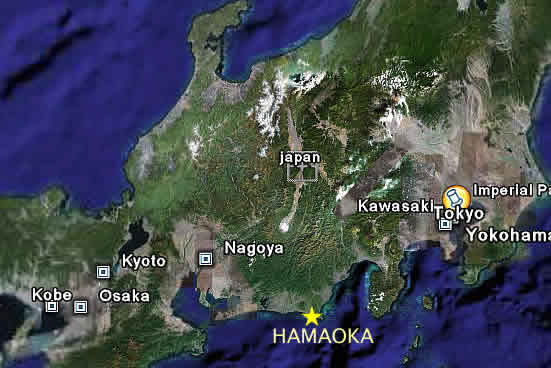
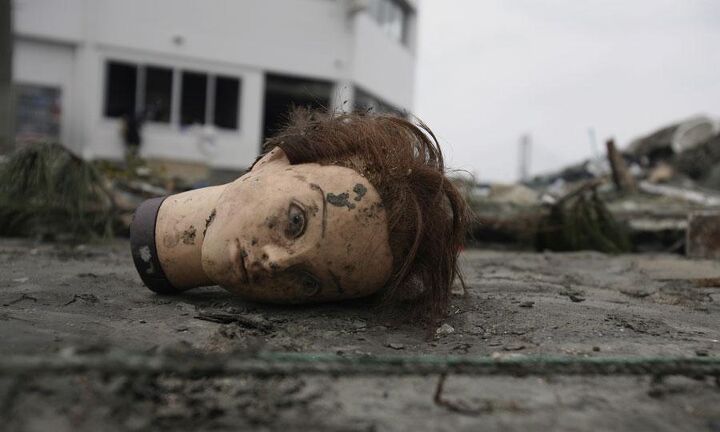





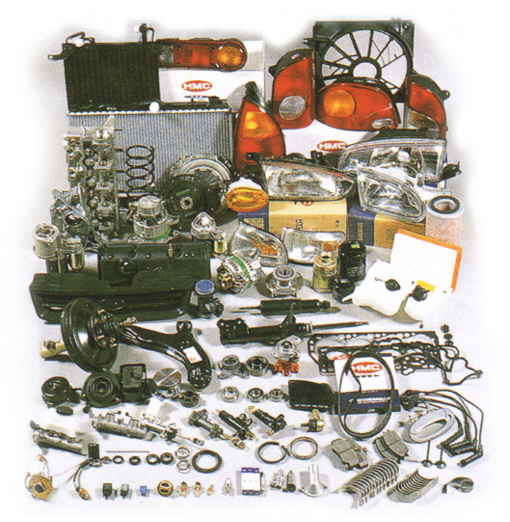



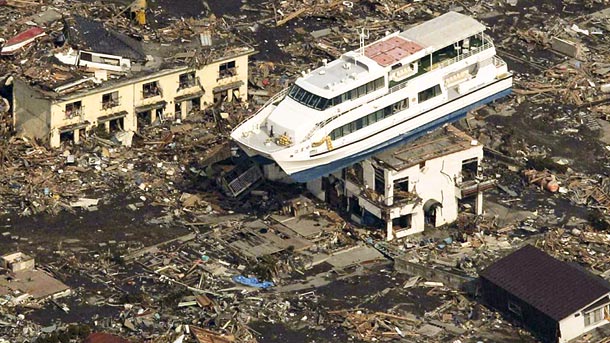
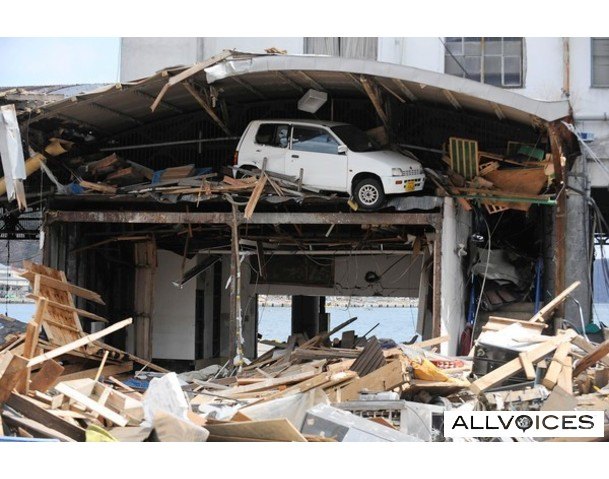












Recent Comments